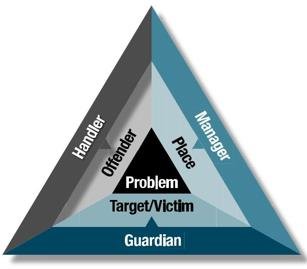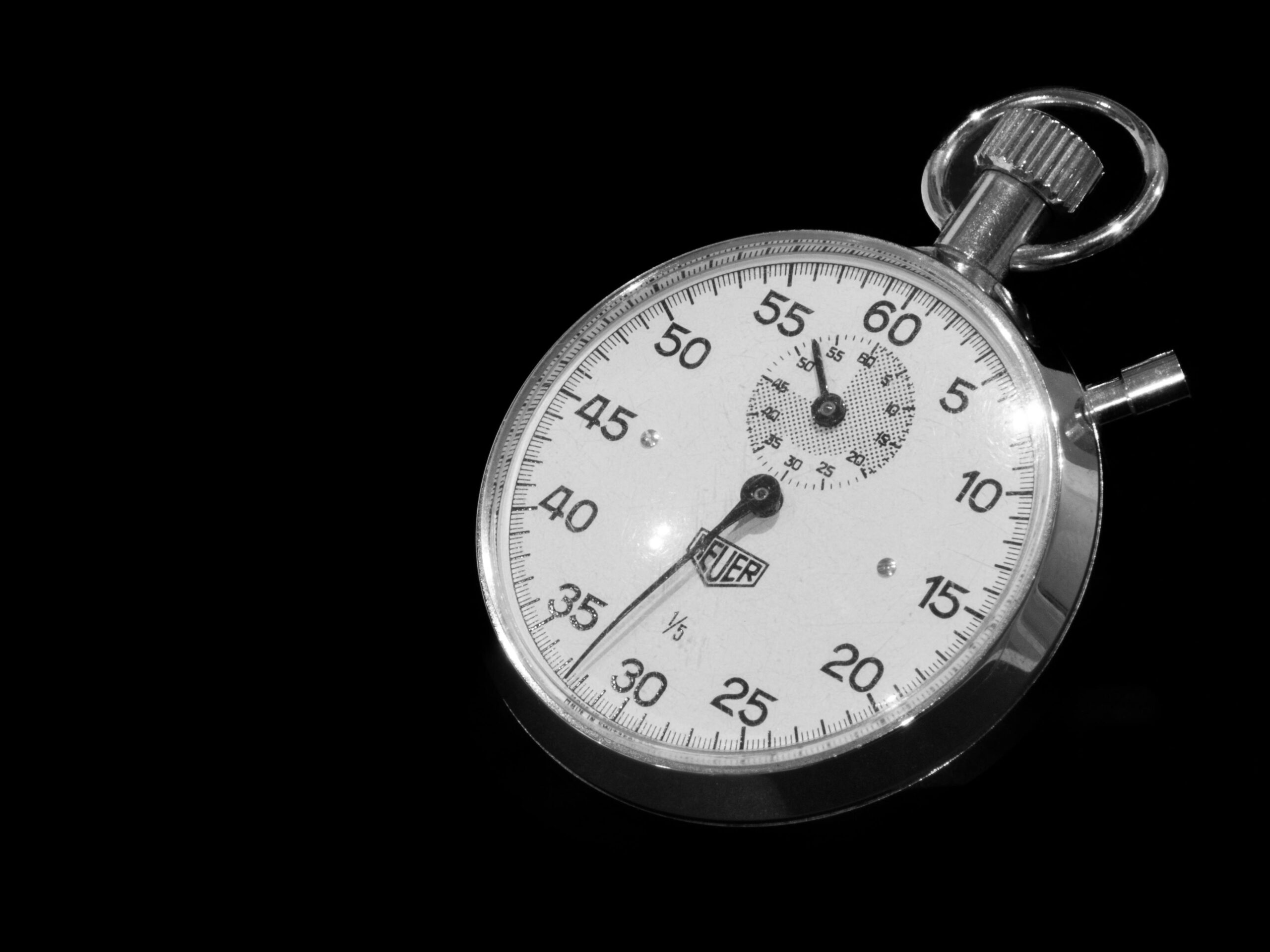Crime is a social system
There are many criminological theories that have been pushed forward to explain why crime occurs. Social disorganization theory indicates that the dissolution of social structures like the family, church, or schools leads to a youth not being properly oriented in society. Social learning theory explains crime as an effect of a person being influenced to a life of crime by the people they are surrounded by and pick up crime habits from them. Strain theory lays the blame for crime at the feet of resource disparity, that those that want in close proximity with those that have initiates criminal activity so the have-nots close the gap. Among all the theories that a criminal justice student can throw out there as an explanation for criminal behavior, most try to explain the ‘why’ of crime. For example, poverty is commonly associated with crime. If this is the root cause of crime, then all we have to do is solve poverty and we will reduce crime. Simple. The problem is that poverty, social disorganization, income inequality and other societal causes of criminal behavior are what we call wicked problems. They defy easy definition and are complex to the point that solutions to the problem are unattainable. Tell me, how do we fix these things? But regardless of the particular flavor of criminology theory to which you may subscribe, all have one thing at their core. That crime is about interaction between people and therefore constitutes a social system.
So what does it mean to be a social system?
Social systems are complex endeavors. Not to get too into the weeds with this (at least not in this post), a complex system is open to be influenced by the environment and in turn influences the environment. The output of complex systems is emergent behavior, which is not predictable when you consider the input. People are complex, and so interactions between people are complex. As an example, think of your agency. Your department, made of people carrying out diverse functions, has its own dynamics. The people in the organization are influenced by others in the department and the department is influenced by the larger environment. And the agency also influences things outside of its own walls. And how these things play out is something we can only guess at based on our experience in similar situations. But nothing is entirely predictable. We are not making widgets in a factory. If we turned up production of widgets in the factory we can reasonable expect and predict how many more widgets we would make based on the increased input. As you go to the next mental health crisis call, you may play in your mind what your resources are and how you can leverage those resources to effect a change in behavior, but there is no way for you to know how this one will turn out. Any expectation you have about the resolution is wholly based on your experience of past events and amounts to an educated guess. So where am I going with this? One other aspect of complex systems is a sensitive dependence on initial conditions. Whatever is happening to make your crime problem come to life is a unique blend of characteristics that, when tampered with, will change the dynamics of the situation. Have you ever had streetlights fixed as part of a plan to reduce a theft problem? This part of our response recognizes that the darkness is a complicit part of the equation and by pulling at this string we might change the environment and change the problem. The darkness of the area is probably one of many initial conditions contributing to the crime and our problem may be attacked by picking at those conditions. The thievery is dependent on the initial condition of darkness (among others) and sensitive to changes in this condition.
There are two crime theories that explain how crime occurs.
Of all the explanations for crime in society, there are very few that attempt the how of crime instead of the why in crime. This is an important distinction, as many of the why theories are not something the police can do anything about. The two theories that explain how crime occurs are rational choice and routine activities. Rational choice theory simply states that a criminal makes a choice to commit crime when they calculate that the payout is worth the risk of getting caught. These calculations change for the suspect who sees a cop car in the area. Now the risk outweighs the reward. Routine activities theory is about how each person involved in the moves about their life. The motivated suspect goes out looking for opportunity and the susceptible victim moves about doing their thing. As these parts move about society, they may come into contact in a place where the conditions are right for the crime to occur. Add into the mix a lack of guardianship at the point where suspect and victim meet. No one hits the stop-and-rob when the cops are in there getting coffee. They are in a position to intercede and the calculating criminal should know the risk is too great.

So we have the suspects and victims and police moving about in town and how they interact determines if the crime occurs. Add to this another level. Suspects have people in their lives that can influence their behavior, like probation officer or parent. Victims have people that can help them avoid negative situations, the advocate. And places where crime may occur have managers that can provide guardianship over the place. What we just described here is a complex web of individuals interacting in a way that may allow a criminal event to occur or prevent the crime from occurring. We have a social system. Each part can influence and be influenced by the others, and all parts are influenced by the environment.
So how do you prevent crime problems with all this?
An outcropping of routine activities theory was a diagram called the problem triangle. If you Google the theory you will find plenty of examples of what it’s about. The strategy of it is if you can attack multiple sides of the triangle you have a better chance of reducing the problem. Take a vehicle burglary hotspot in an apartment complex. Yes, we can creep through the parking lots in the dark trying to find the needle in the haystack, being Johnny-on-the-spot when the suspect is doing his thing. We all know that these moments are more about being lucky. If we don’t catch him in the act, detectives can investigate the crimes associated with our problem apartments. Both of these are targeting the suspect side of the triangle. What can we do to change the victim side? How do we get victims to stop being victims? Efforts such as Lock-Take-Hide programs are meant to get people to reduce their chances of being victimized. Reduce susceptibility. How about the place? Working with management for better lighting, cameras in the complex, signage about preventative measures all can change the environment and make the target area appear harder and maybe not worth the risk. Each of these parts, as they stand today, are part of the initial conditions that make up this crime problem. And these conditions are sensitive to changes, so by pulling the strings on all sides of the crime problem you change the environment and are in a better position to prevent the crime from occurring.



